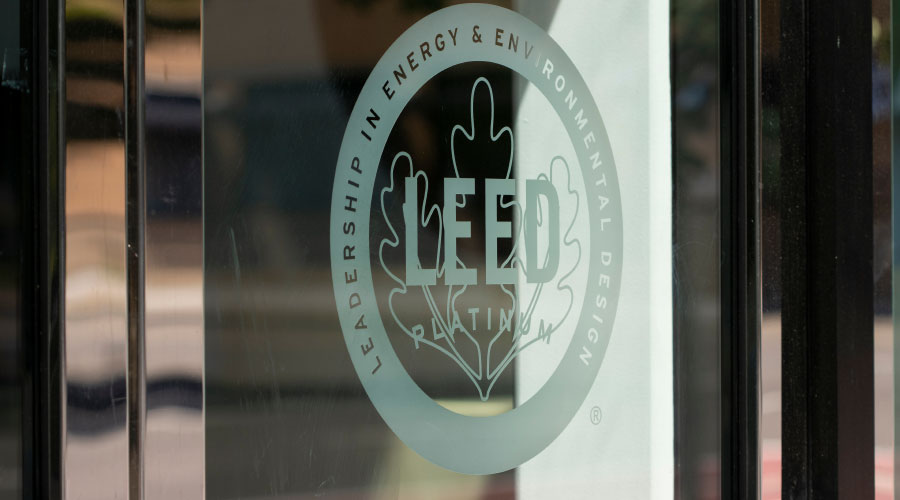Keys To Achieving LEED v3 Certification
Since most of the changes in LEED–EB: O&M 2009 are cosmetic and relate to the number and weighting of points, it appears certification under the system is as achievable as it was under the 2008 version. If an organization is pursuing LEED-EB: O&M 2008, managers can easily determine if an upgrade to the 2009 version will benefit the project.
The combination of harmonization, weighting adjustments and regionalization of prerequisites and credits does not create additional hurdles. The process for conducting a certification project remains essentially the same.
First, managers must assemble a team involving the various stakeholders and necessary expertise. Then the team should conduct a gap analysis to assess the building’s current practices and status relative to the 2009 requirements.
Once the team has determined which points it can achieve, which points are possible with additional effort and which points it cannot achieve, the team can develop a plan with the steps necessary to become certified. Understanding the LEED–EB: O&M 2009 rating system is a set of performance standards designed to minimize a building’s environmental impact while increasing operational efficiencies will help managers develop the plan.
Managers should view these standards as a collection of best practices for green operations. Using the LEED-EB: O&M 2009 rating system will enable managers to help achieve organizational goals and help them earn recognition for their certification efforts.
Gordon Dowrey, CFM, CPM, is a senior project manager with Facility Engineering Associates — www.feapc.com — and is a LEED Accredited Professional through the U.S. Green Building Council. He has consulted on LEED projects for clients such as the Smithsonian Institution and National Education Association.
Related Topics:















